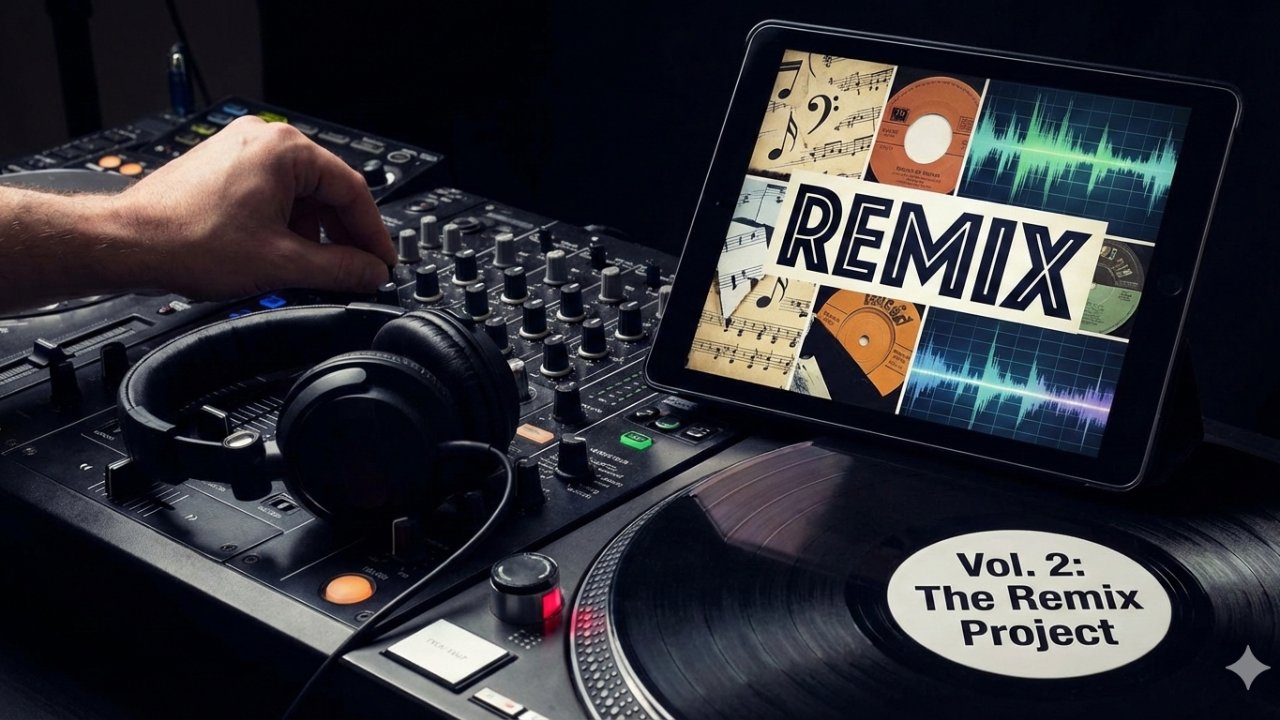What Gen Y Teachers Wish Gen X Leaders Knew
Apr 10, 2025
Hey, Gen X — Want to Connect With Younger Teachers? Start Here
As educational landscapes continue to evolve, the collaboration between Gen X leaders and Gen Y teachers has become more critical than ever. Gen Ys (Americans generally born between 1981 and 1996 – also known as Millennials), bring a fresh, dynamic approach to teaching that is reshaping classrooms across the globe.
For Gen X leaders (born between 1965-1980 or so) understanding the unique strengths, values, and motivations of their Millennial colleagues is essential to fostering an environment of growth, innovation, and success.
It is important to be ever aware and appreciative of the unique qualities Gen Y brings into our schools and shares with our students.
~ Lisa Parry, educator, author & speaker
Y Is It Important to Know the Difference?
Here are 3 important differences Gen X leaders should recognize so they can effectively engage with and support Gen Y teachers, ensuring that both generations work together to create meaningful and lasting educational experiences. By embracing these new perspectives and harnessing the strengths of each generation, we can build a brighter future for both educators and students alike.
Enter Principal Parry
Introducing Lisa Parry, veteran English teacher, principal, keynote speaker, coach, co-developer and facilitator of the South Dakota Department of Education’s Good to Great Teacher Mentoring Program. She’s got some important insights for all of us, no matter what our Generation letter.
What Gen X Leaders Need to Know About Gen Y Teachers
By Lisa Parry, M.Ed.
As a Gen X leader — born in 1972 and serving as an educator since 1994 — I remember my family’s first desktop computer and bag phone. Each were expensive, complicated, daunting behemoths.
My parents introduced these alien devices to my brother and me with much fanfare and warnings. The experiences of bringing them home and firing them up for the first time etched themselves forever into my memory.
Conversely, like my own three children, Gen Yers hold no such lingering technology acquisition memories. There was always a laptop in our home, and each received a smartphone at a tender age. These gadgets were reasonably priced, easy to use — and obviously irresistible.
My kids were off and running, recklessly pushing every combination of buttons possible, in no time at all. The ubiquity of technology in their lives heavily impacted them, and some effects remain evident in many of the young teachers we grizzled veterans lead daily.
It is important to be ever aware and appreciative of the unique qualities Gen Y brings into our schools and shares with our students.

Impact 1: Gen Yers Are Pros at Seamless Technology Incorporation
The Gen Yers we know and love grew up with mobile computers and the internet, so they seemingly have no fear of either!
This can be such a blessing. With high-tech solutions (and the problems they cause) swirling around us, these young teachers seem to have a knack for finding, mastering, and incorporating many tools, programs, and apps that add value to their classrooms.
Here are two cool resources:
CommonLit.org: A younger teacher exposed me to CommonLit.org. This resource allows me to choose rigorous passages, assign related critical thinking questions, and differentiate to support struggling readers.
Leaning on a site like CommonLit now and then saves time allows me to spend analyzing intriguing texts, providing students with feedback, and planning high-impact lessons.
Classroomscreen.com: Another GenYer tipped me off to Classroomscreen.com. When I need tools, I head there for a random name generator, virtual dice, a timer, and similar things—and find them all in a user-friendly interface.
After twenty-five years of putting everyone’s name or a writing topic onto a slip of paper and drawing them one-by-one, I turn instead to this no-fuss, no-muss system. It’s too cool!

Alternately, as much as I appreciate what my younger counterparts have taught me, my fifty-year-old self does feel the need to pump the brakes to guard against “technology dependence.” Finding lots to love on the internet can be a slippery slope — especially for new teachers who jump at any opportunity to put kids onto a computer.
Gen Xers can helpfully watch and guard against an over-reliance on screens. Good ol’ fashioned books, pencils, blocks, and conversations still have a place in our classrooms.
Ultimately, teachers skilled at combining analog ways with digital upgrades provide the best of both worlds and set students up for post-secondary education — and beyond — success. Gen Xers and Gen Yers need to embrace this reality.
Impact 2: Gen Yers Seek Frequent, Brief Communication
Our phones buzz with notifications 24/7. Someone sent us an X DM. Someone messaged us on Facebook. Someone liked our Instagram photo. Someone posted a TikTok dance. Someone sent a Snap.
We Gen Xers used landlines and passed notes to our friends in class, but because our modes of communication were clunky, we did not experience the efficiency our Gen Y counterparts enjoy.
These folks are used to open lines of communication. They check in on their friends, their family, their favorite athletes and celebrities, and even strangers regularly.
What does this mean for older leaders? We cannot rely on bi-annual or annual evaluations to share feedback with Gen Yers. Instead, we must consider the power of frequent and brief interactions.
These teachers want supervision regularly — just pop them a thumbs-up when you can — so they know where they stand and that they are being seen.
 On a practical level, this means stopping in to experience a bit of a lesson with your shared students, leaving a sticky note behind with one important idea, and circling back around later to visit informally about your impressions.
On a practical level, this means stopping in to experience a bit of a lesson with your shared students, leaving a sticky note behind with one important idea, and circling back around later to visit informally about your impressions.
This approach has two primary benefits: first, it seems less daunting for both the Gen X and Gen Y participants. While formal observations are often encumbered with formality and fanfare, these pop-ins are light, easy, friendly, and low-stakes. This vibe leaves both parties open to the exchange and allows for authenticity.
In addition, regularly engaging in this process results in significantly more interactions. In these frequent, brief moments, the two learn more about one another’s true selves, and as a result, trust grows. When teachers believe in leaders and vice-versa, it virtually guarantees improved relationships and performance.
Impact 3: Gen Yers Teach by Day and Hustle by Night
Gen Xers grew up with the idea of committing to their career. Gen Yers are more flexible, building small businesses or generating extra income.
The success of the popular site Teachers Pay Teachers is a prime example. Younger educators are more apt to create and tweak resources for this site to earn extra cash — and why not?
That St. Patrick’s Day leprechaun riddle activity, that 100th day of school math game, and that argument-writing graphic organizer were good enough for their students — why wouldn’t someone else want to buy and utilize them too?
Lots of teachers buy those activities — and hundreds of thousands more. Demand for quality resources runs high, so many educators, particularly Gen Yers, use their online connections to provide a supply.
While classroom teachers weave in and out of making money and spending it on TPT fairly seamlessly, other less obvious side hustles — selling custom tumblers on Etsy or working as a remote virtual assistant or tutoring at-promise students outside of school — are popular too.
The Gen Yers like the money these gigs bring and, because they know how to use technology to leverage their skills, connecting to outside employers and customers is relatively pain-free.

A successful side hustle can be quite invigorating — how much fun must it be to see your business take off — but it can also drain teachers. As leaders, we must support and guide our hustlers so they can maintain a healthy work-life balance.
After all, we know our chosen career taxes us. Teaching is physical, emotional, and social work, and while technology can make our lives easier, it can unnecessarily complicate it.

Final Word from Principal Parry
I am a K-12 principal proudly serving a 2021 National Blue Ribbon and a 2020 ESEA Distinguished Elementary School. My 20+ years in education have taught me many lessons, including this truth: kids don’t want trouble.
They will behave if they can; they will not if they cannot. My mission is to convince my peers the best way to approach our learners is to “Teach Hard and Stay Soft.”
Seems like a good way to connect with all our peers – no matter from what Generation – is to understand and learn from each other’s strengths, don’t you think?
Read More
Read More, Lead Better with Hacking School Leadership
Resources
- Please note that part of this text was shared previously on our site and has been updated.
- Millennial friends image by Buro Millennial from Pexels.
- Millennial main post image by StockSnap from Pixabay.
- Nelson Mandela quote image by AZ Quotes
- Slate board image from Pixabay and Pexels.






